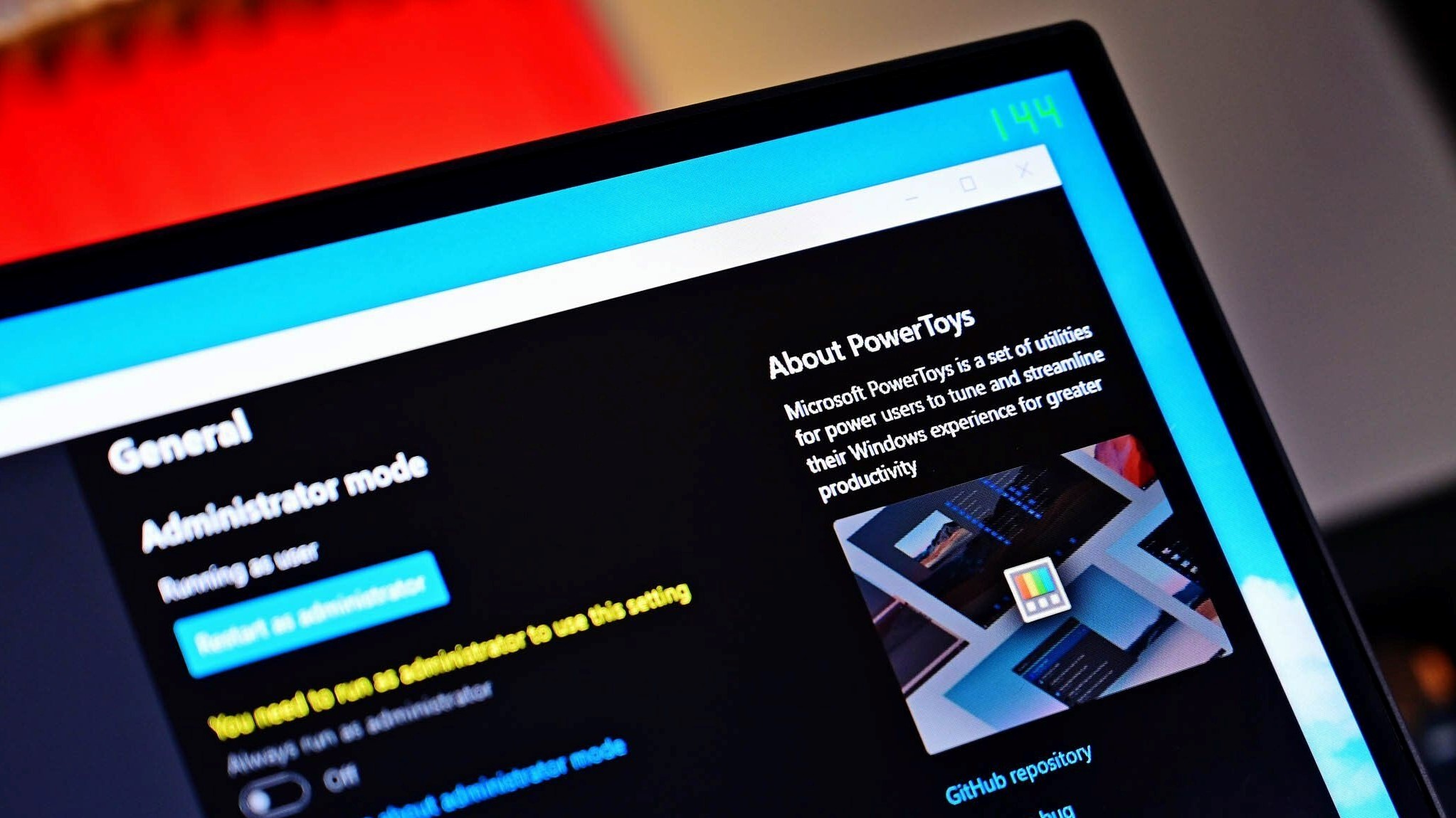Windows 10 support from Microsoft confirmed to last until October 14, 2025

Updated June 14, 2021: The end of support date for Windows 10 has been known since 2015, but it recently made rounds on the web. We break down all the details in our recent coverage.
Microsoft has confirmed that it will continue its traditional 10 years of support for Windows 10. The company has updated its Windows lifecycle page, showing that its support for Windows 10 will officially end on October 14, 2025.
The page shows that mainstream support for Windows 10, like all previous versions of the OS, will end on October 13, 2020, over five years after it officially launches on July 29. The end of mainstream support means that Microsoft won't be adding any major new features or improvements to the OS after that date. However, security updates and bug fixes for Windows 10 will continue for an additional five years, again just like all previous versions of Windows have had, until the extended support period ends on October 14, 2025.
The page does have a footnote, which basically says that it's possible that not all PCs with Windows 10 will be able to use all of its future feature updates:
Updates are cumulative, with each update built upon all of the updates that preceded it. A device needs to install the latest update to remain supported. Updates may include new features, fixes (security and/or non-security), or a combination of both. Not all features in an update will work on all devices. A device may not be able to receive updates if the device hardware is incompatible, lacking current drivers, or otherwise outside of the Original Equipment Manufacturer's ("OEM") support period. Update availability may vary, for example by country, region, network connectivity, mobile operator (e.g., for cellular-capable devices), or hardware capabilities (including, e.g., free disk space).
So if you are getting the free update to Windows 10 for your current Windows 7 or 8.1 PC, you should be able to keep using it with support updates from Microsoft for the next decade.
All the latest news, reviews, and guides for Windows and Xbox diehards.

John Callaham was a former contributor for Windows Central, covering Windows Phone, Surface, gaming, and more.
